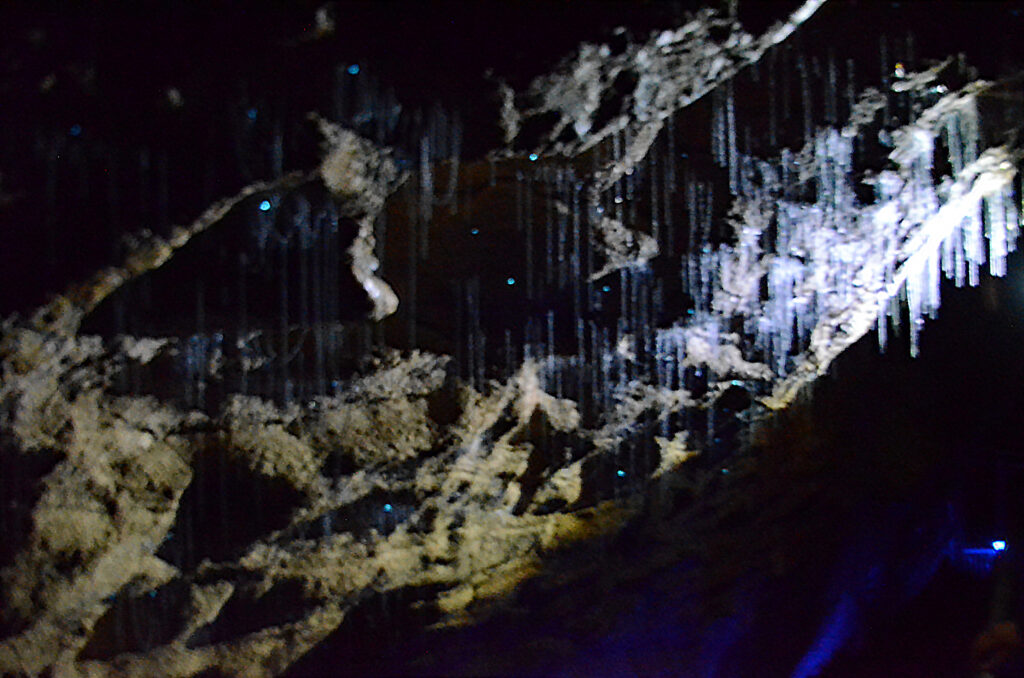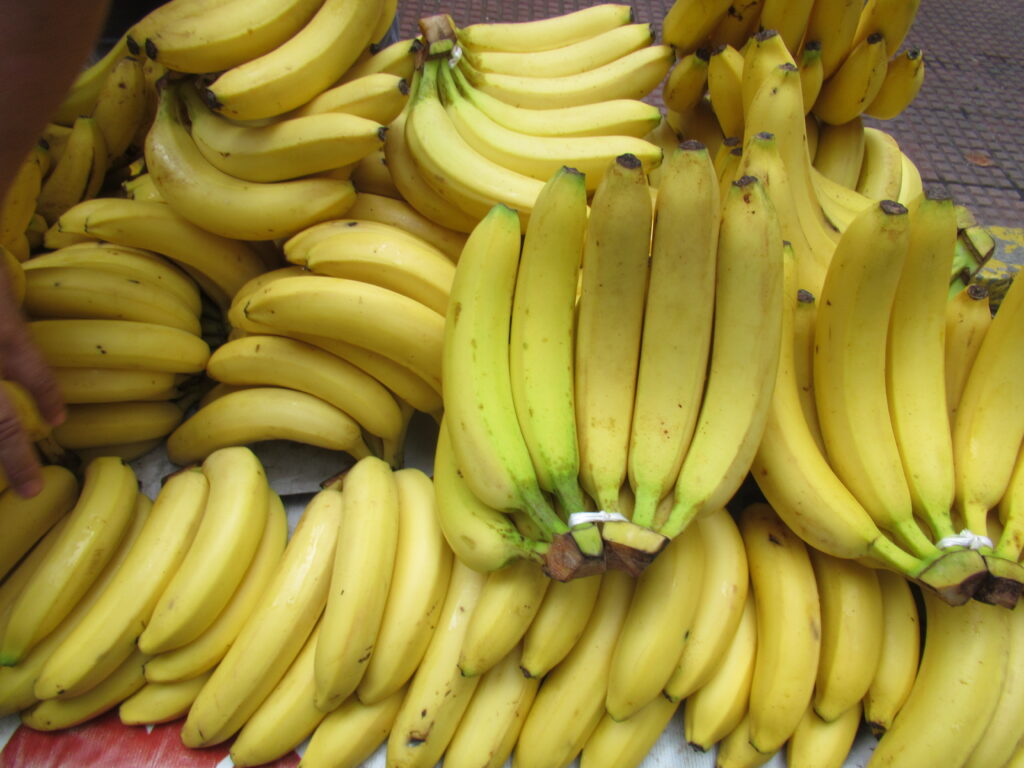Imagine gliding through a crystal-clear bay, sunlight shimmering on the waves, when suddenly you spot a dolphin — not just swimming, but carefully carrying a marine sponge on its beak. It’s not a magic trick or a playful antic. This is tool use, and it’s happening not in a laboratory, but in the wild, swirling blue expanse of the ocean. The idea that dolphins, those playful acrobats of the sea, might use tools challenges everything we thought we knew about animal intelligence and underwater culture. What drives a dolphin to pick up a sponge? And what does this curious habit reveal about the secret societies beneath the waves? Let’s dive deep into the world of tool-using dolphins, where science meets the unexpected, and discover what their remarkable behaviors say about culture in the ocean’s heart.
The Surprising Discovery of Tool-Using Dolphins
The first time researchers spotted a dolphin with a sponge on its beak, they were baffled. Was it a feeding trick? A quirky accident? Over time, careful observation revealed something extraordinary. In Shark Bay, Western Australia, certain bottlenose dolphins were regularly seen plunging their snouts into seabed crevices, protected by marine sponges. This wasn’t random — it was intentional, repeated behavior. Scientists realized these dolphins weren’t just playing; they were using the sponges as tools to stir up prey and shield their sensitive beaks from sharp rocks and hidden stings. This discovery sent shockwaves through the animal behavior community, upending the idea that tool use was a strictly human — or at least primate — skill.
What Exactly Is Tool Use in Dolphins?
Tool use is a big deal in the animal kingdom. It usually means using an object from the environment to achieve a specific goal. For dolphins, the most famous example is “sponging.” A dolphin selects a sea sponge, fits it over its beak like a glove, and then probes the ocean floor. The sponge acts like a kitchen mitt, protecting the dolphin’s delicate skin as it searches for fish hiding in the sand. This isn’t just a random behavior. It’s goal-driven, repeatable, and — most fascinatingly — taught from one generation to the next. Some scientists even compare it to using a metal detector at the beach, only with a lot more style and a lot more splashing.
How Dolphins Learn Tool Use
It turns out, not every dolphin is born knowing how to use a sponge. Just like a child learning to ride a bike, young dolphins watch their mothers closely. In Shark Bay, sponging is almost exclusively passed down from mother to daughter. Scientists have spent years watching dolphin families, noticing that calves imitate their mothers, practicing with small sponges until they master the technique. This sort of social learning is rare in the animal world and hints at something deeper: the beginnings of culture. It’s not just instinct — it’s tradition, carefully nurtured and handed down like a cherished family recipe.
The Role of Mothers in Dolphin Culture
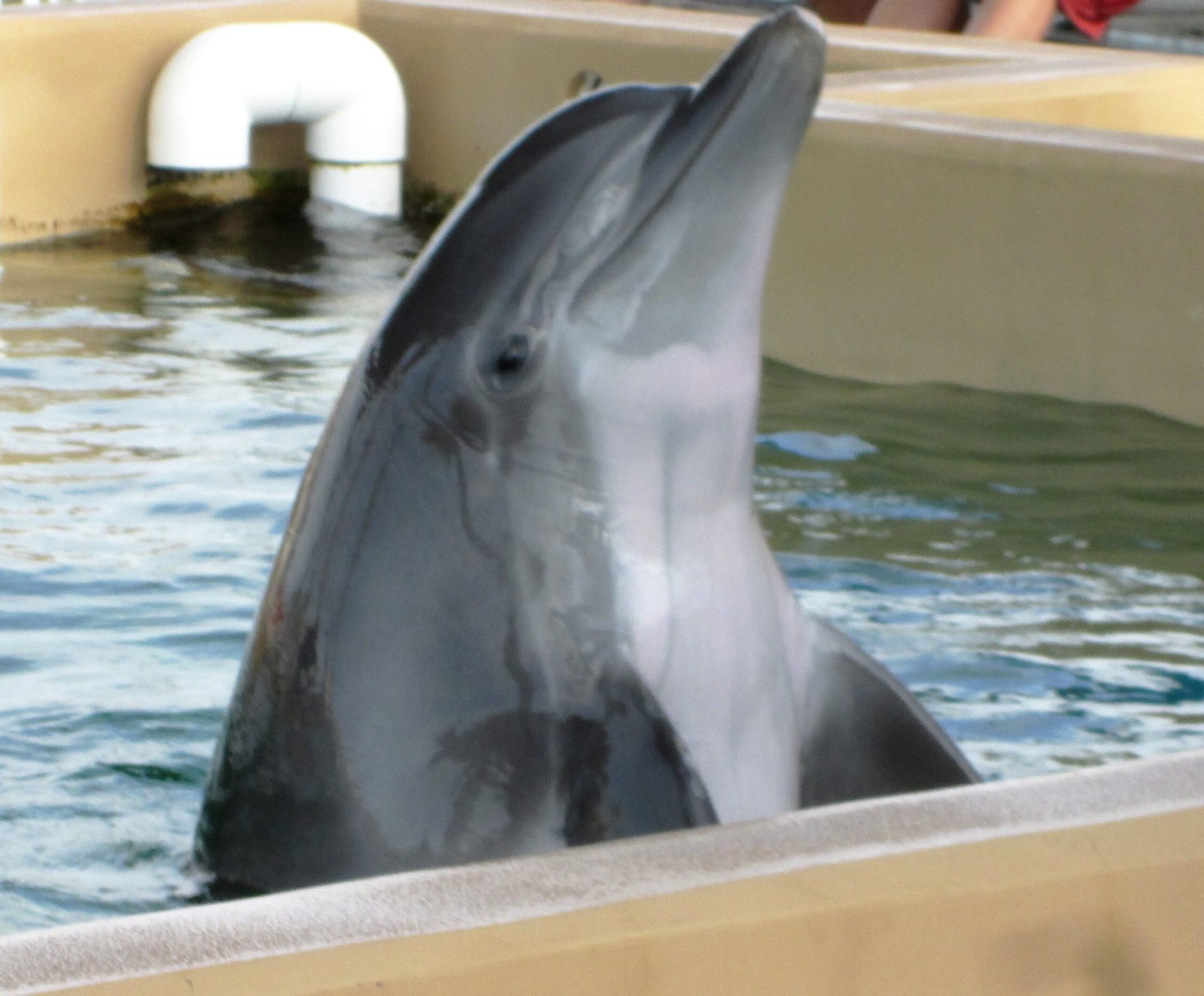
Mothers are the linchpins of dolphin society, especially when it comes to tool use. In Shark Bay, the majority of sponge-carrying dolphins are females, and the knowledge is typically shared through maternal lines. Young dolphins shadow their mothers for years, absorbing not just sponging, but a whole suite of social skills. This intense, prolonged learning period is part of what makes dolphins so fascinating to scientists. It’s as if these mothers are underwater teachers, patiently guiding their pupils through the lessons of the sea. This maternal guidance gives dolphin communities a unique sense of continuity and connection, not so different from human families.
The Science Behind Dolphin Intelligence
Dolphins have long dazzled researchers with their intelligence — from solving puzzles in captivity to understanding symbols and even recognizing themselves in mirrors. The use of tools is just another brick in the wall of evidence for their cognitive brilliance. When dolphins choose the right size and shape of sponge, or adapt their technique to different prey, they show planning, experimentation, and creativity. Some scientists argue that dolphin intelligence rivals that of great apes, and the emergence of tool use only strengthens this bold claim. It’s like finding out your pet dog can not only fetch a stick, but also carve it into a flute and play a tune.
Why Only Some Dolphins Use Tools
One of the most intriguing aspects of dolphin tool use is its patchiness. Not every dolphin in Shark Bay uses sponges, and outside this region, the behavior is almost unheard of. This suggests that sponging isn’t hardwired; it’s learned and spread within specific social groups. Environmental factors play a role — sponging makes sense where the seafloor is rocky and prey hides in the sand. But the social puzzle is just as important. Tool use seems to be a cultural quirk, like a regional dialect or a local dance, unique to certain dolphin “tribes.”
Passing Down Traditions: Dolphin Culture at Work
Culture isn’t just for humans. Dolphins show that animals can have traditions, too. The way sponging is handed down along family lines, and not universally adopted, is a hallmark of culture in the wild. Researchers have mapped out dolphin social networks, finding that spongers tend to associate with each other, forming tight-knit cliques within the larger population. These cultural “bubbles” are a living laboratory for scientists, showing how behavior can be shaped by both environment and tradition.
Comparing Dolphins to Other Tool-Using Animals
Dolphins aren’t alone in their cleverness. Chimpanzees use sticks to fish for termites, crows shape hooks from twigs, and even some octopuses shelter inside coconut shells. But dolphin tool use is unique because it happens underwater, in a world where hands are replaced by beaks and flippers. The fact that dolphins have found a way to manipulate objects and teach these skills is a testament to their adaptability. It’s like discovering that someone invented knitting — but underwater, with mittens instead of fingers.
The Social Side of Tool Use

Tool use isn’t just about getting food; it’s also about belonging. In Shark Bay, sponging seems to confer social status. Female spongers are often more independent, spending time alone or with close family, while non-spongers mingle in larger groups. This division creates a kind of social fabric, woven with the threads of tradition and innovation. Tool use might even affect mating patterns, with some males preferring the company of spongers. It’s a reminder that in dolphin society, as in ours, what you do can shape who you know — and who you become.
Adaptation: Why Sponging Makes Sense in Shark Bay
Shark Bay is a special place — a shallow, sunlit expanse dotted with seagrass beds and rocky crevices. Here, tasty fish often hide beneath the sand, and hunting with your face unprotected can be risky. Enter the sponge. For dolphins, sponging is the perfect adaptation to a tricky environment. It allows them to reach prey that others can’t, giving them a niche advantage. This is evolution in action, played out at the edge of the sea, where necessity meets ingenuity.
Do Dolphins Invent New Tools?

While sponging is the most famous example, dolphins have shown hints of other inventive behaviors. In captivity, dolphins have been seen using bubbles as toys, or even creating rings of water to trap fish. In the wild, some have been spotted using shells to scoop up snacks or tossing seaweed for fun. These experiments show a playful, curious side to dolphin intelligence. It’s as if they’re constantly tinkering, testing the boundaries of what’s possible in their watery world.
Communication and Teaching Among Dolphins
Dolphins are chatterboxes. Their clicks, whistles, and body language create a rich tapestry of communication. When it comes to tool use, teaching is often silent but powerful. Calves watch, mimic, and slowly master the art of sponging by trial and error. Some researchers believe that dolphins may even use specific sounds or gestures to signal when it’s time to try a new technique. This sophisticated communication is part of what makes dolphin culture so robust — a living language of learning, passed down through generations.
Are There Other Examples of Dolphin Culture?
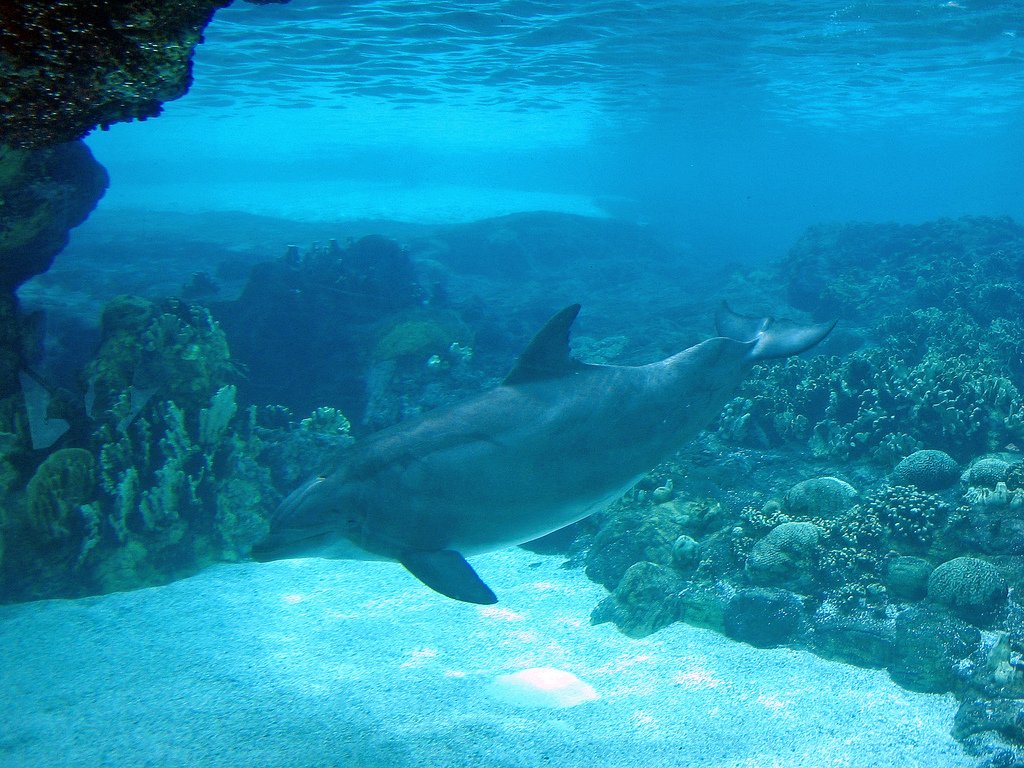
Absolutely. Tool use is just one thread in the complex web of dolphin culture. In other regions, dolphins have been seen using conch or shellfish shells to trap fish, or employing complex hunting strategies that rely on teamwork and timing. Some dolphin pods have unique signature whistles, almost like names, that help them recognize each other across distances. These behaviors vary from place to place, proving that dolphin societies are as diverse and dynamic as our own.
What Tool Use Tells Us About Animal Minds
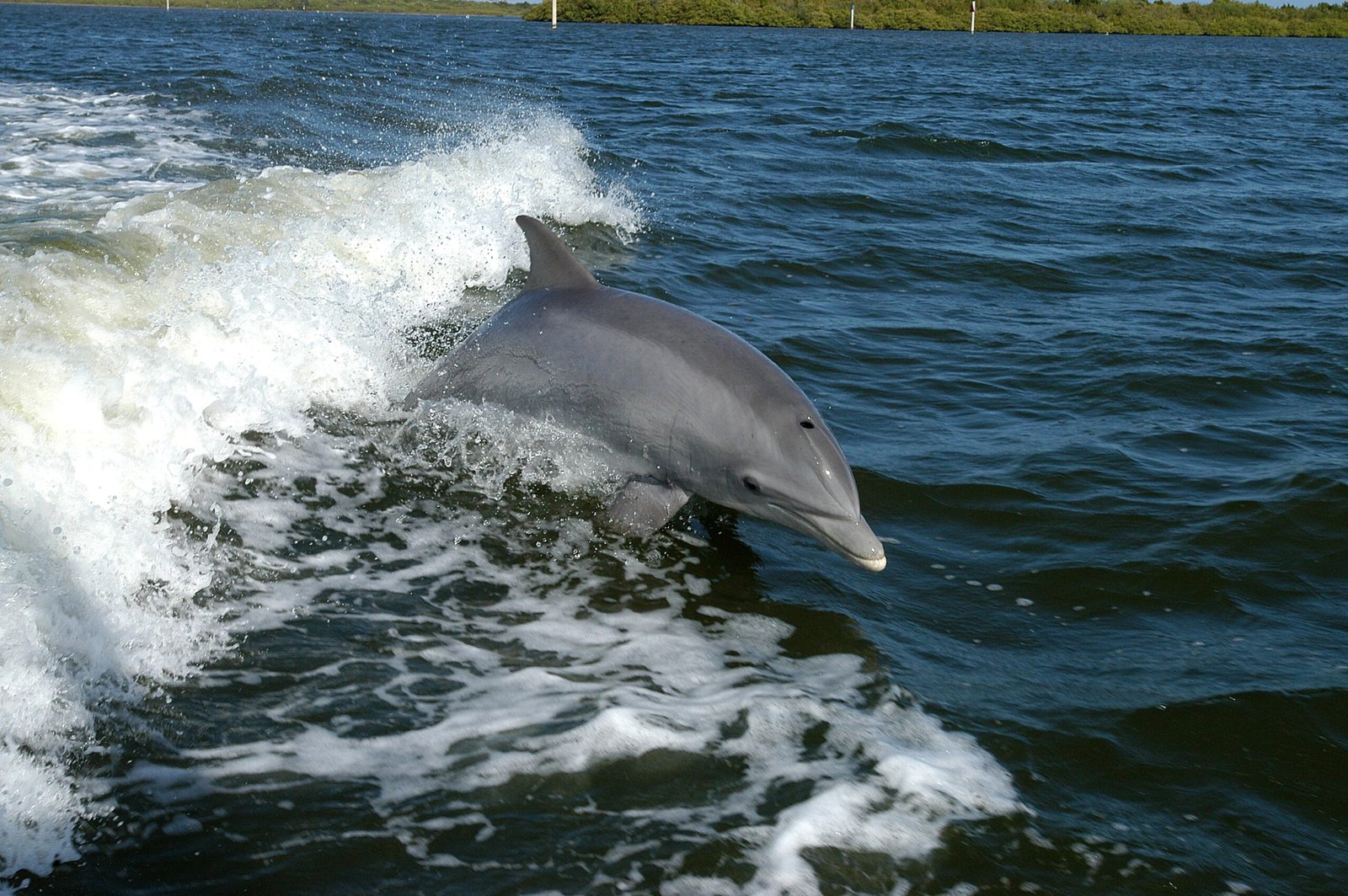
Watching a dolphin wield a sponge, you can’t help but wonder what’s going on in its head. Tool use suggests foresight, problem-solving, and maybe even imagination. It blurs the line between instinct and reason, showing that animals are capable of flexible, innovative thinking. For scientists, these behaviors open a window into the minds of non-human animals, inviting us to rethink what intelligence really means.
The Conservation Implications of Dolphin Culture
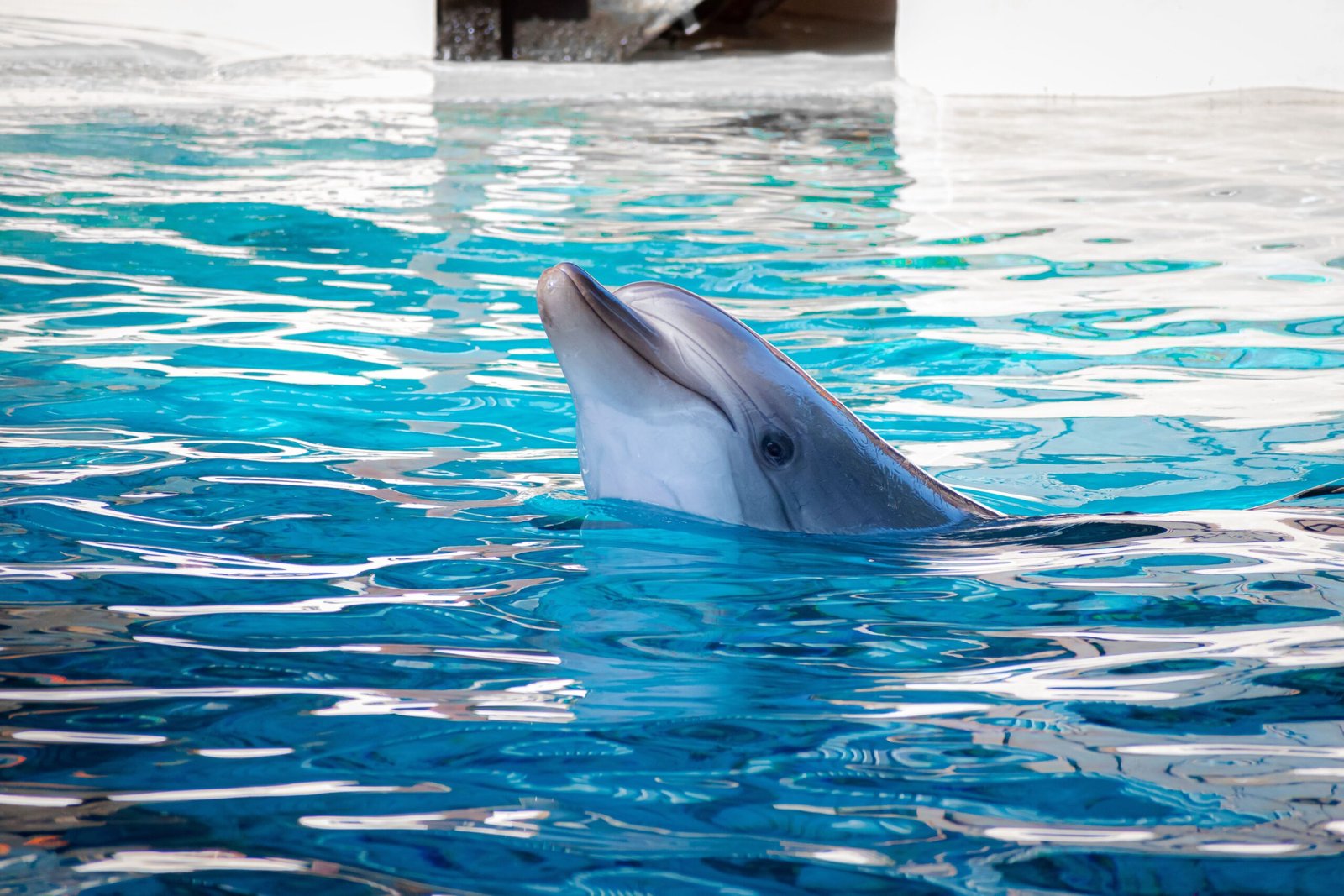
Understanding dolphin culture isn’t just an academic exercise — it has real-world stakes. If unique behaviors like sponging are lost, they may never return. Threats like habitat destruction, pollution, and overfishing can disrupt the delicate balance of learning and tradition. Protecting dolphin communities means safeguarding not just their bodies, but their knowledge and culture as well. It’s a powerful reminder that every animal society is a world unto itself, worth preserving for reasons beyond the obvious.
The Emotional Side of Dolphin Tool Use
It’s hard not to feel a sense of wonder watching dolphins at work. There’s something deeply moving about seeing another creature invent, teach, and improve — to recognize a glimmer of ourselves in the flick of a fin or the careful selection of a sponge. Dolphin tool use taps into our fascination with the unknown, stirring empathy and awe in equal measure. It reminds us that curiosity and creativity are woven into the fabric of life, wherever it’s found.
How Dolphins Challenge Our Definitions of Culture
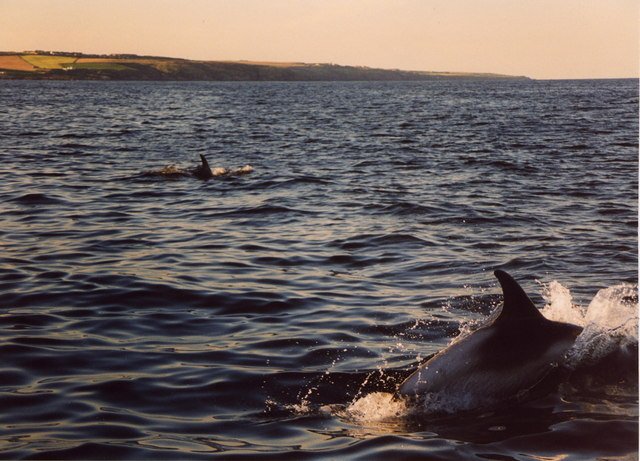
For a long time, culture was considered a human monopoly. But dolphins, with their sponges and songs, force us to expand our definitions. If culture means shared knowledge, innovation, and tradition, then dolphins are every bit as cultured as we are — just in a different key. This realization is both humbling and exhilarating, inviting us to see the ocean not as a wilderness, but as a tapestry of lives, each with its own stories and secrets.
Looking to the Future: What More Can We Learn?
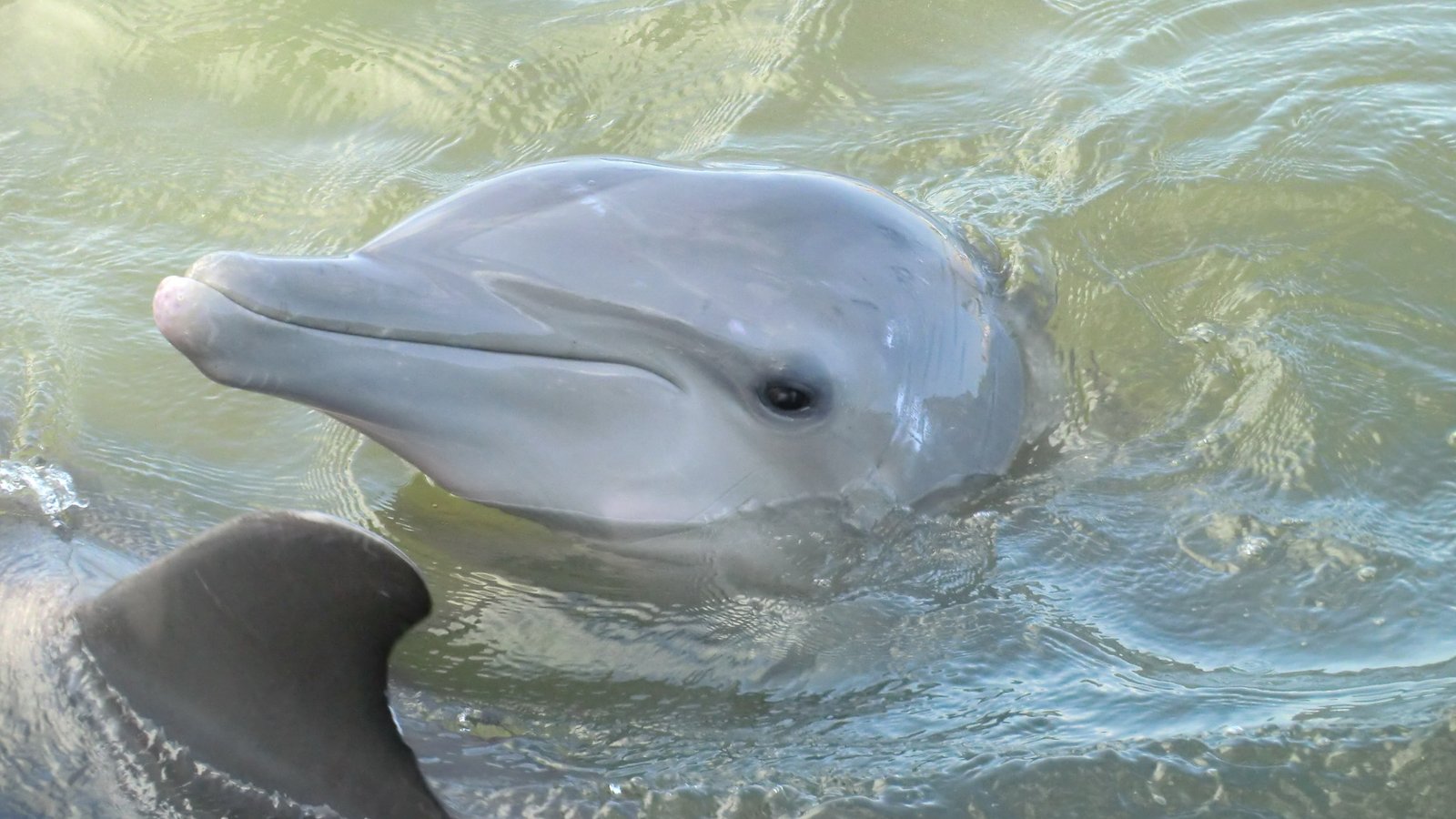
Dolphins still have plenty of secrets tucked beneath the waves. As technology improves, researchers are tracking individuals, decoding their clicks, and mapping their societies in unprecedented detail. Each new discovery raises more questions: Are there undiscovered tools? Could other marine mammals share similar traditions? The more we learn, the more we realize how much there is left to explore. Dolphins are not just subjects of study — they are teachers, inviting us to see the world through new eyes.
Final Reflections: The Wonder of Dolphin Ingenuity
Dolphin tool use is more than a scientific curiosity; it’s a testament to the ocean’s endless creativity. Watching these animals innovate, teach, and pass down knowledge lights a spark of inspiration. It challenges us to protect not just the bodies of these graceful creatures, but the rich cultures they carry beneath the waves. As we look out across the sea, the question lingers: What other marvels are waiting to be found just below the surface?

